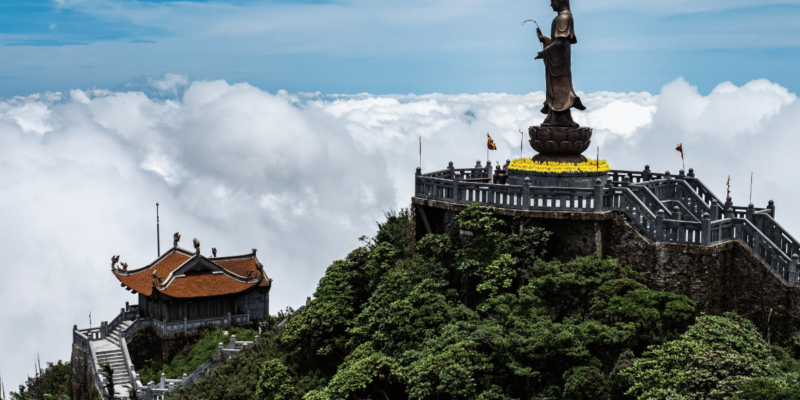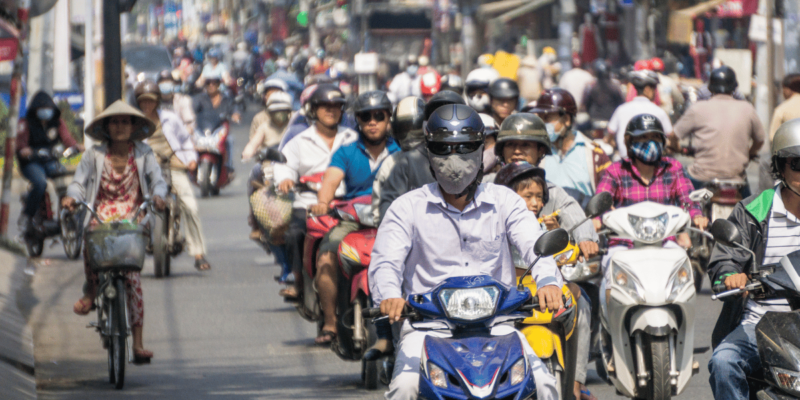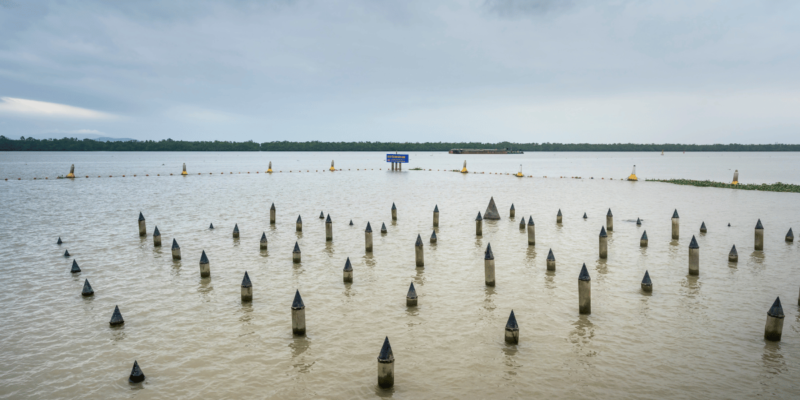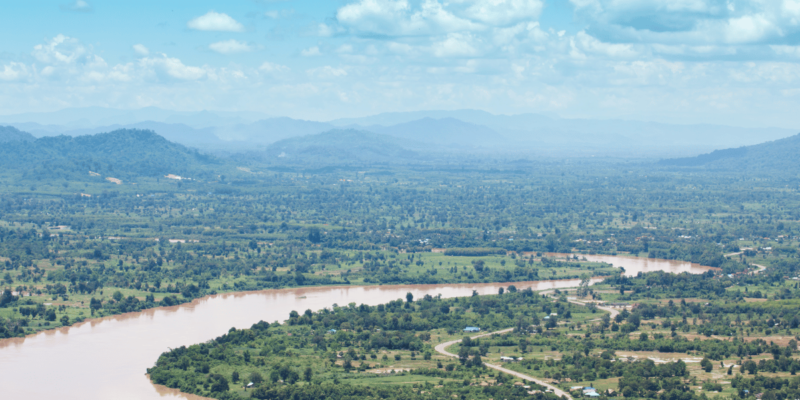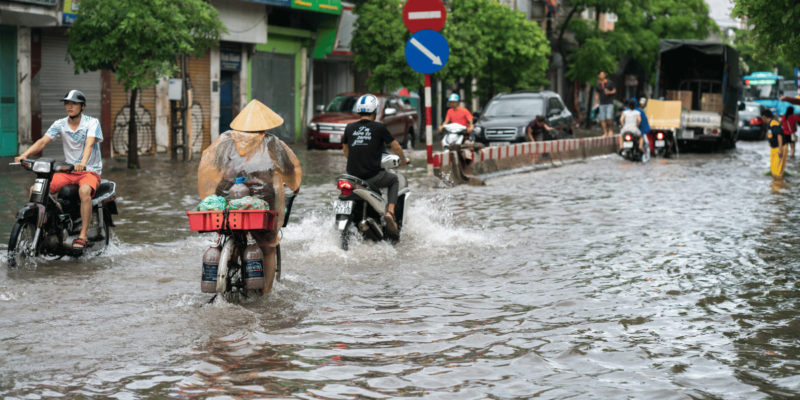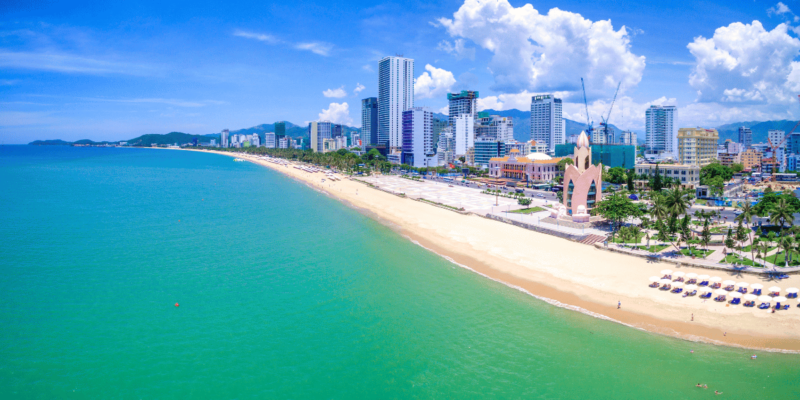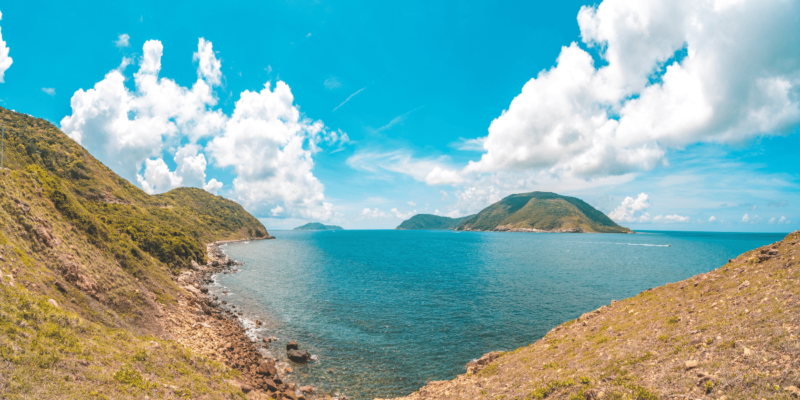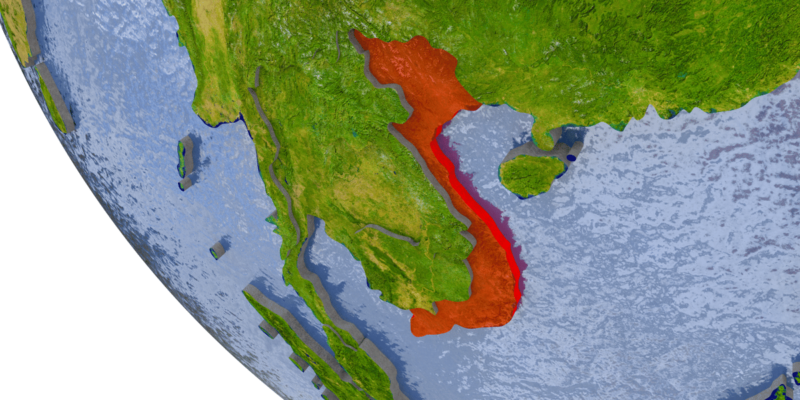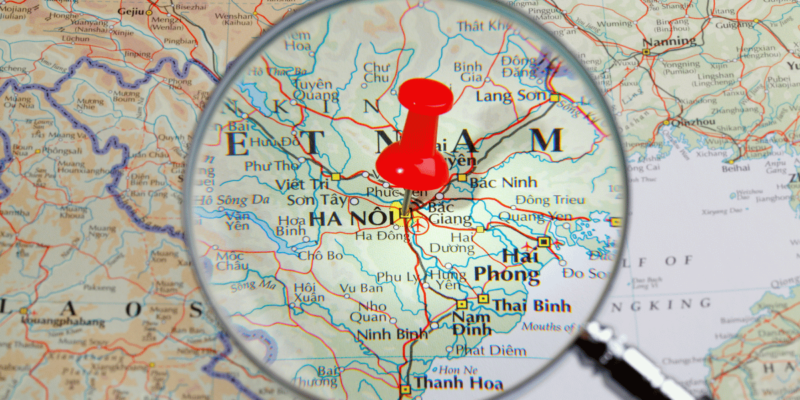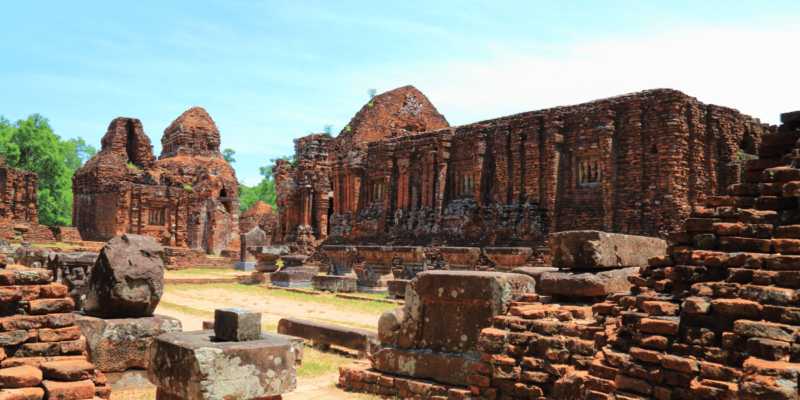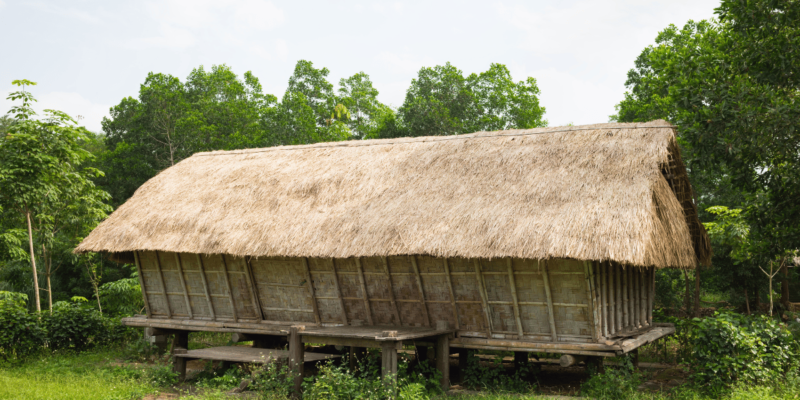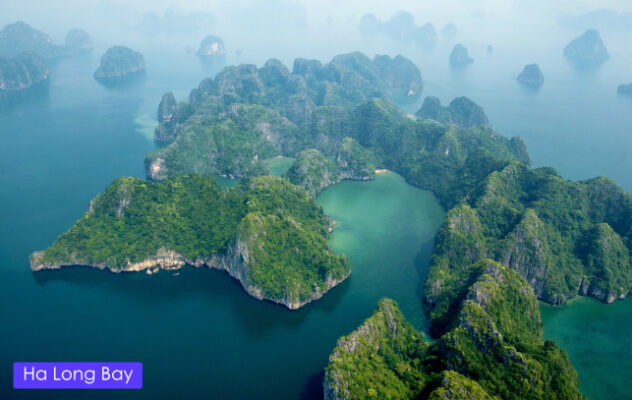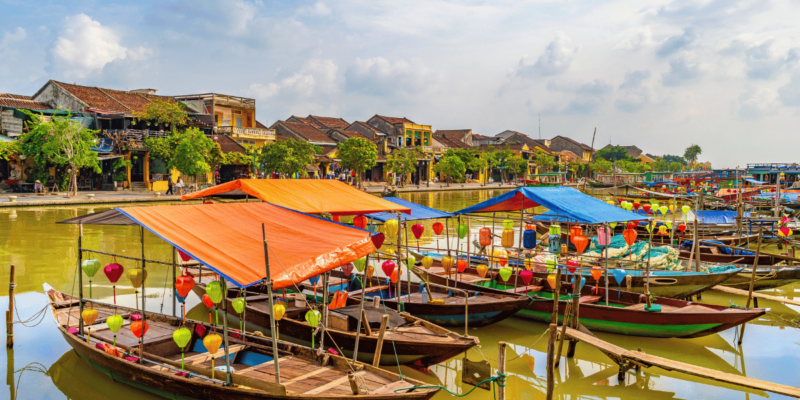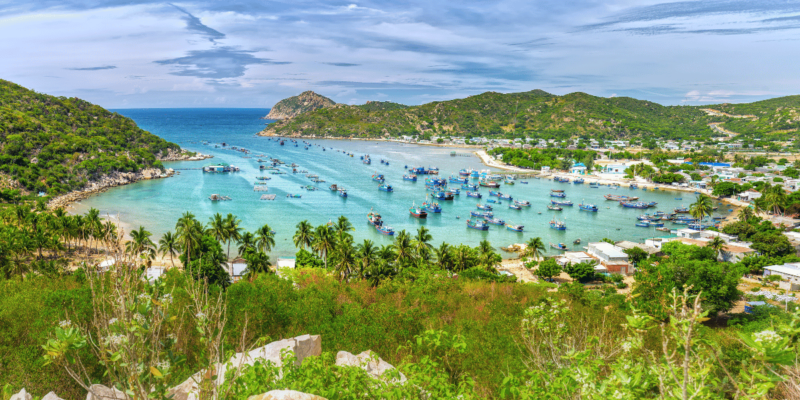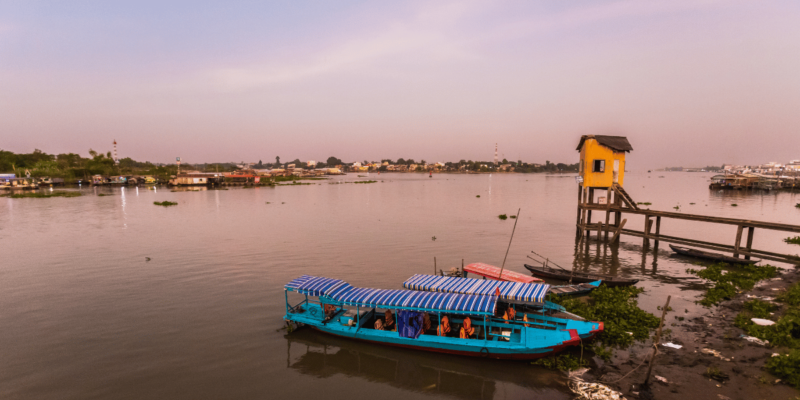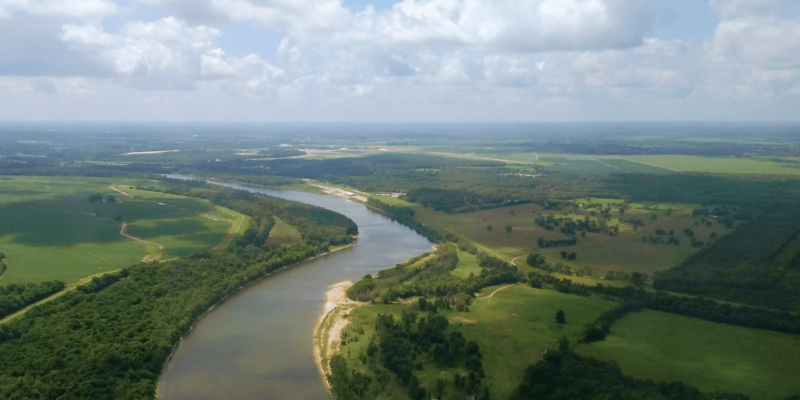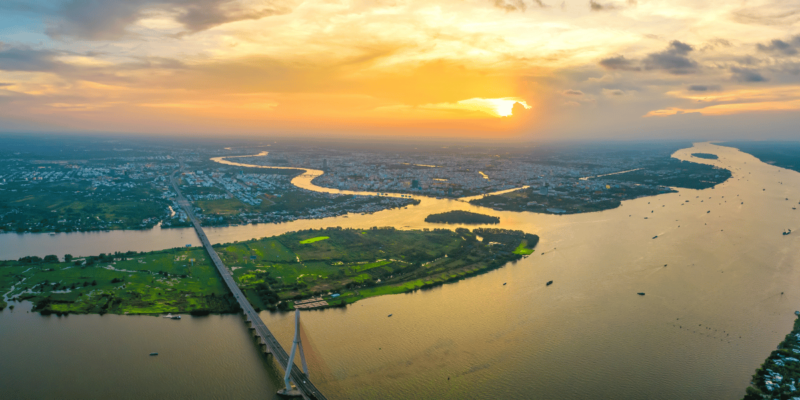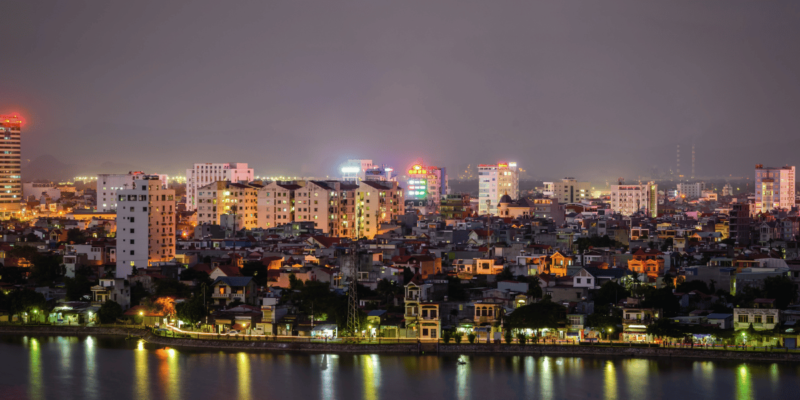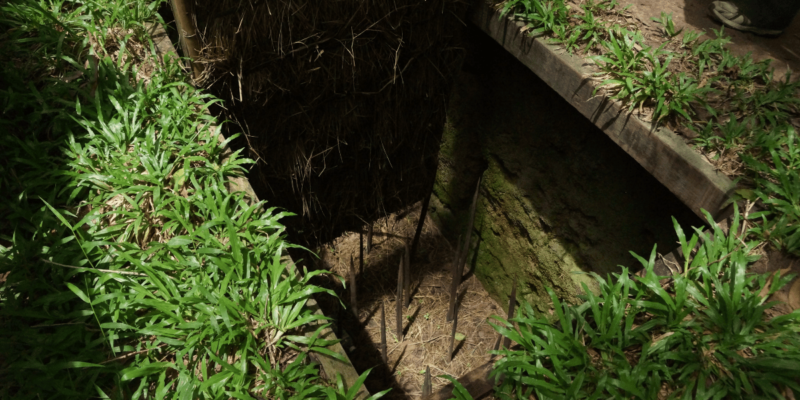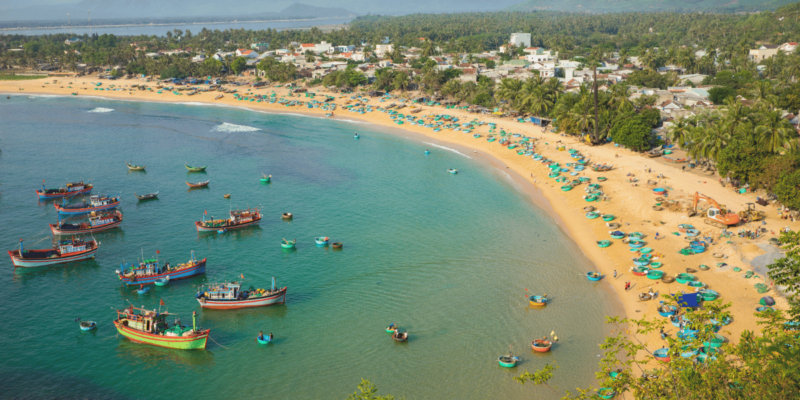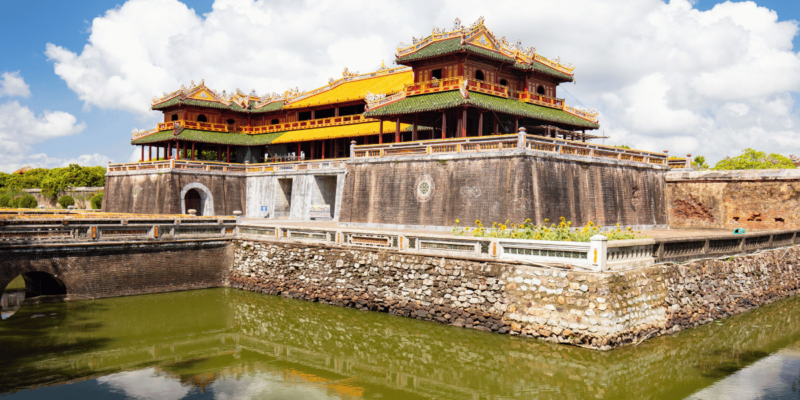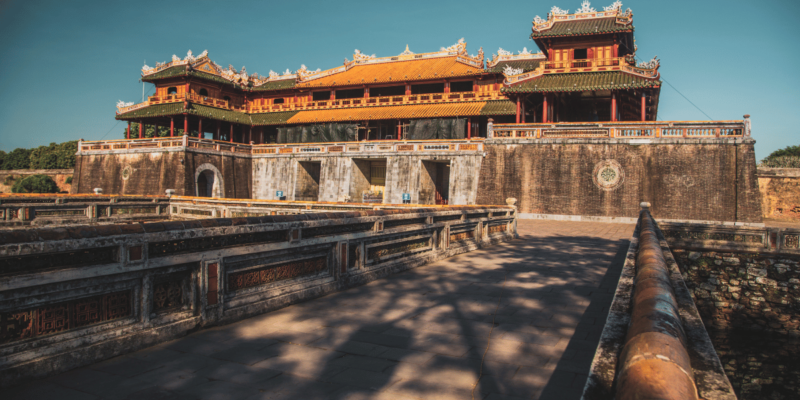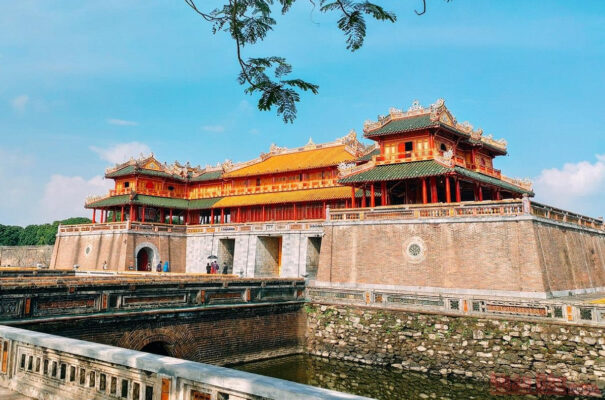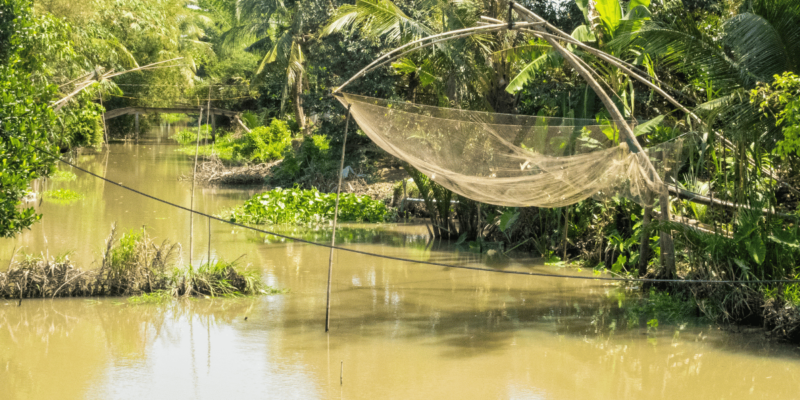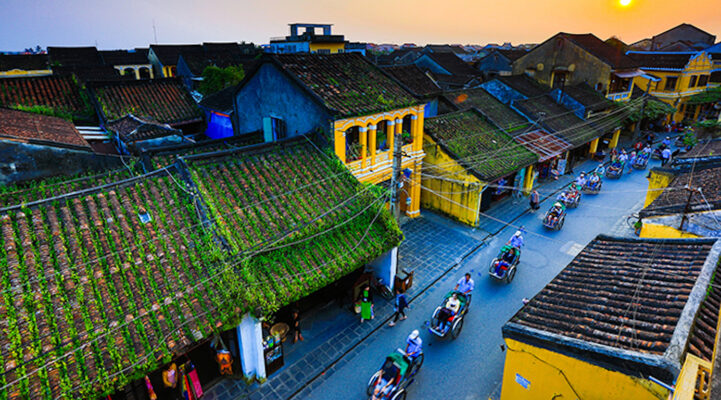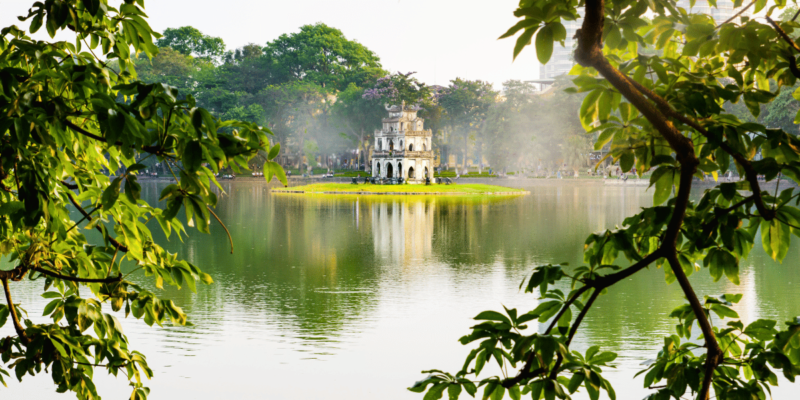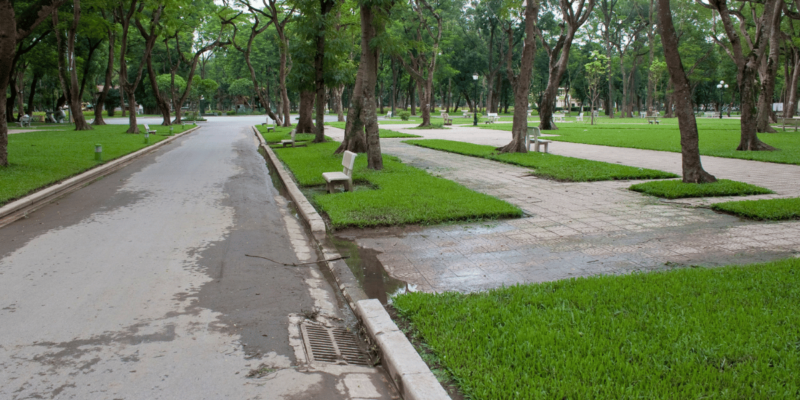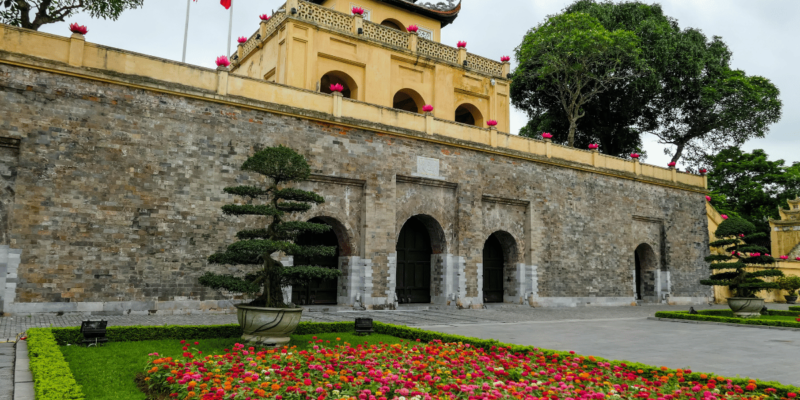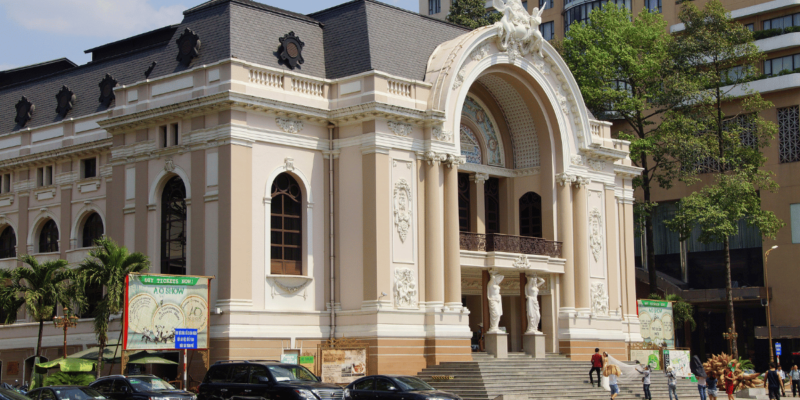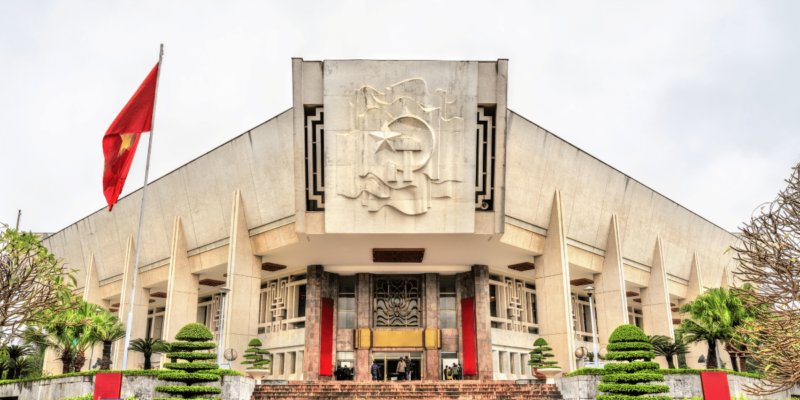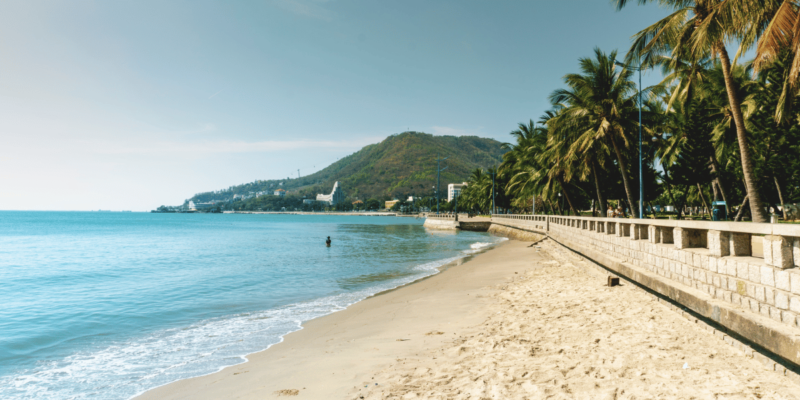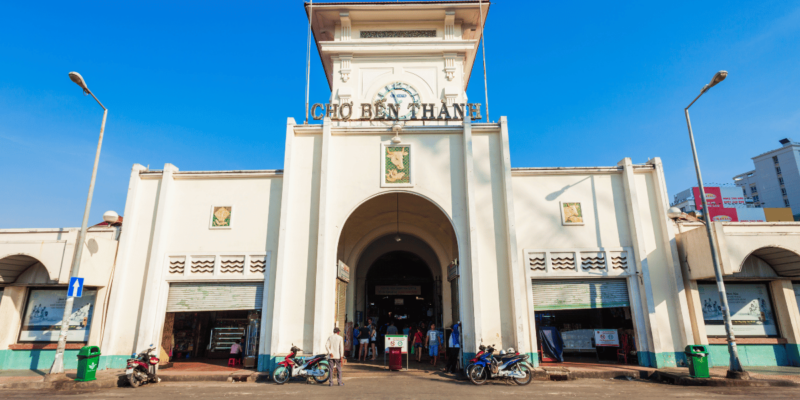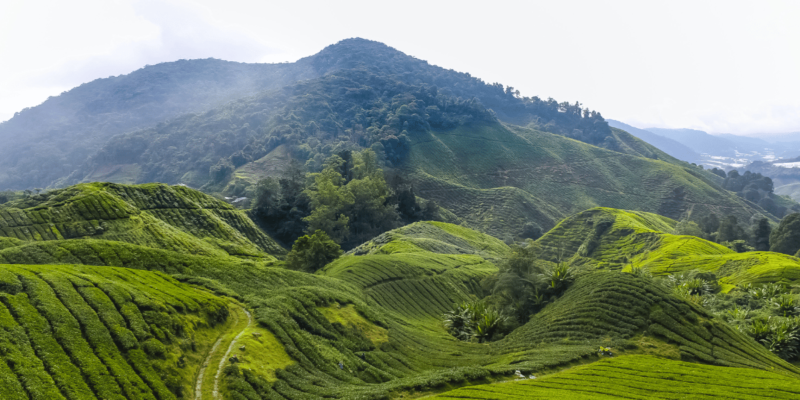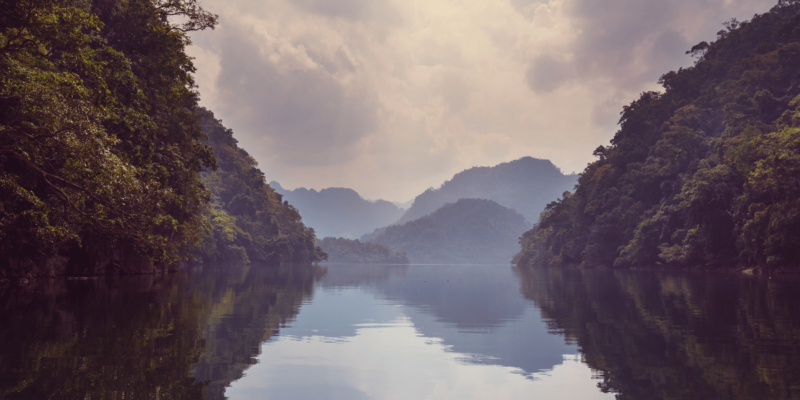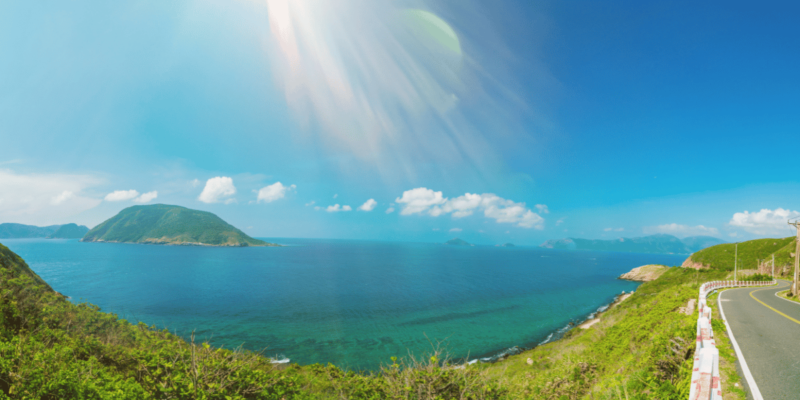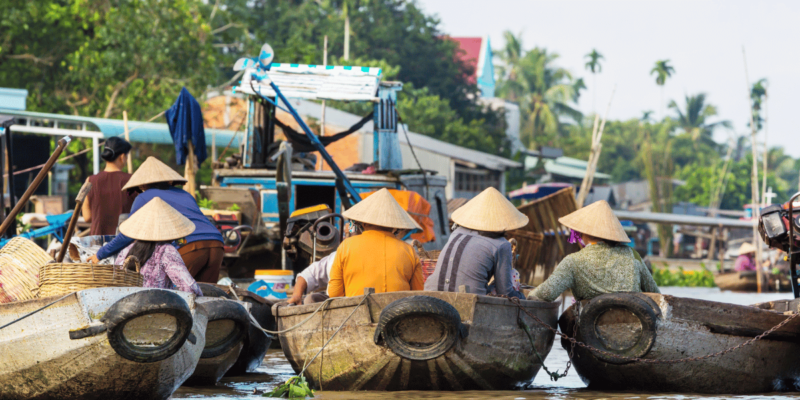Understanding Vietnam’s Weather Patterns
General Overview
Vietnam’s weather, while not characterized by extremes, does face significant challenges due to its geographical and climatic conditions. The country experiences a variety of weather phenomena, including monsoons, droughts, and tropical cyclones, which can impact both local life and travel.
Typhoon Season
Typhoons, known in some regions as tropical cyclones, form over the warm waters of the ocean and can be devastating. These intense low-pressure systems generate high winds and heavy rains. Vietnam, located north of the typical typhoon belt, usually experiences these storms with somewhat lessened intensity by the time they make landfall. However, they can still cause significant damage, particularly in central coastal areas where they are most common.
Precautions and Safety Measures
The approach of typhoons is monitored by meteorological services, providing ample warning to adjust travel plans and secure property. For travelers, this means that with a reliable tour operator like Haivenu, there’s sufficient notice to reroute itineraries safely away from the affected regions.
Tropical Storms
Apart from typhoons, Vietnam frequently experiences tropical storms, especially during the summer months. These storms are heralded by dramatic changes in weather conditions, including temperature drops, winds, and heavy thunderstorms. The spectacle of lightning and thunder, followed by intense rainfall, is both impressive and daunting. While primarily a nuisance to unsheltered tourists, they pose little risk beyond temporary flooding and the disruption of outdoor activities.
Regional Variations
Central Coast
The Central Coast bears the brunt of the typhoon impact with several storms hitting from October to December. The area often suffers from consequential flooding and property damage, prompting local and national authorities to engage in preparedness and response measures.
Central Highlands
Conversely, the Central Highlands and other parts of central and southern Vietnam can experience prolonged periods of heat and drought early in the year. These conditions lead to water shortages and can exacerbate wildfires, affecting agriculture and potentially causing ecological damage.
Flooding Concerns
Flooding is a significant concern not only along the Central Coast but also in the Hue region and the Red River Delta. For tourists, this means possible changes in travel plans, as floods can render roads impassable and disrupt train services, making air travel a more reliable option during the rainy season.
Travel Advice
For those planning to visit Vietnam, understanding the seasonal weather patterns is crucial. It is advisable to consult with travel agencies about the best times to visit different parts of the country and to stay informed about current weather conditions during your stay. Flexibility in travel plans can enhance the experience by avoiding the discomfort and dangers posed by adverse weather conditions.
Conclusion
In summary, while Vietnam’s weather patterns can present challenges, the country’s preparedness and the ability to forecast and respond to weather-related emergencies ensure that disruptions to daily life and tourism are minimized. Visitors who are aware of and prepared for these conditions can enjoy a safe and fulfilling travel experience.



